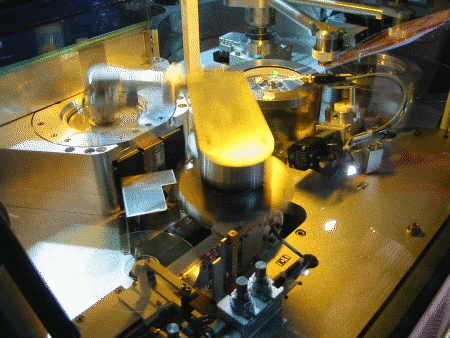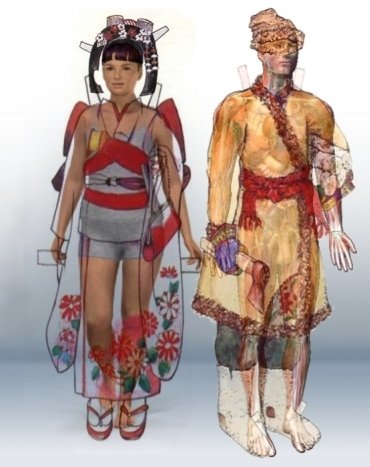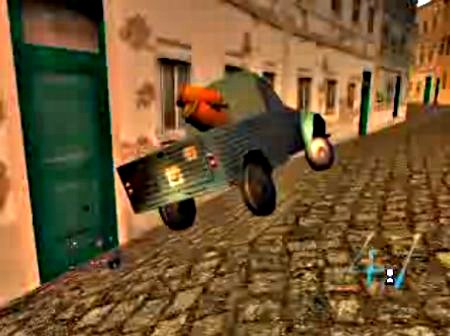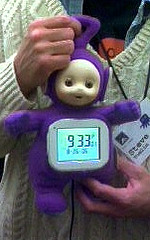
speaking about virtual architectural icons in my last post, it worthwhile to mention that the american company Lichtenstein Creative Media is organizing concerts and interviews in the commercial (and expensive) virtual environment called second life. On their webpage they currently feature a virtual concert with wellknown songwriter Suzanne Vega, including a machinima of her concert. If the link is gone — here is another youtube machinima of the concert.
Also MIT professor John Maeda was there. Reflecting on his second life experience in his blog, Maeda suddenly expressed his concern for mathematicians (thats how i interpret it ;)):
At the recent SIGGRAPH, one of the most popular talks was the fellow from i>SL where he spoke about the higher “emotional bandwidth” one gets with communicating through a fully-rendered avatar versus a pitful smiley like :-). Our resident media philospopher Burak took great offense at this comment. He felt that signs/symbols were invented not because we crave for constant realism in life, but that we can get engage deeper feeling through experiencing abstractions of reality. The more abstract the better, in his mind.
And that’s where it is: “in his mind.” Where the emotional bandwidth is truly the highest and where no computers (currently) can venture. To live without reality (or even a simulation of it) and to instead be immersed in a sea of symbols and even more abstract thoughts. Seems like one can go crazy in such a world.
So let’s wait for Madonna to appear there — would relieve her may be from the pressure to do cosmetic surgery for being an icon.




